
AeroGenie — ваш интеллектуальный второй пилот.
В тренде
Categories
Rolls-Royce Introduces New XE Standard for Trent 1000 Engines

Rolls-Royce Introduces XE Standard to Enhance Trent 1000 Engine Reliability
Rolls-Royce has unveiled the XE build standard for its Trent 1000 engine, targeting a significant improvement in reliability and operational performance for Boeing 787 operators. This new standard, which incorporates upgraded components and is offered alongside the manufacturer’s TotalCare support package, aims to double the engine’s time on wing—a crucial factor for airline efficiency and cost management.
Addressing Reliability Challenges with Advanced Upgrades
The Trent 1000 engine, a direct competitor to GE Aerospace’s GEnx engine on the 787, has encountered ongoing availability issues in recent years. These challenges have primarily stemmed from premature wear and degradation of high-pressure turbine (HPT) blades and other critical components. In response, Rolls-Royce initiated a comprehensive durability enhancement program. The first set of redesigned parts secured certification from the US Federal Aviation Administration (FAA) during the summer, with the European Union Aviation Safety Agency (EASA) expected to approve the improved HPT blades in 2024. Anticipating regulatory clearance, Rolls-Royce began integrating these upgrades into new engines at the start of the year.
The XE standard—where “X” denotes the previous TEN model and “E” signifies enhanced—represents a substantial advancement in engine performance. Rob Watson, president of civil aerospace at Rolls-Royce, emphasized that similar enhancements have already extended time-on-wing for the Trent 7000 engine, expressing confidence that the XE standard will deliver comparable benefits for Trent 1000 customers.
Key improvements under the XE standard include new HPT blades with 40% greater cooling efficiency, updates to the combustion system, redesigned fuel spray nozzles, and upgraded engine electronic controller software. A second phase of enhancements, scheduled for early next year, is projected to increase time-on-wing by an additional 30%. This phase will introduce advanced coatings on combustor tiles, modifications to high-pressure nozzle guide vane cooling, weight reduction of HPT blades, and a redesigned combustor-turbine interface inspired by the Trent XWB-84. Certification for these phase-two upgrades is expected in the first quarter of 2026, with Rolls-Royce noting that these changes are classified as minor modifications, thus not requiring further flight testing.
Implementation Strategy and Market Implications
Integrating the XE standard into the existing Trent 1000 fleet presents a significant logistical undertaking. Rolls-Royce aims to retrofit all in-service engines with the phase one upgrades within two years, targeting completion by 2027. The phase two enhancements will be installed at the earliest opportunity during scheduled maintenance visits. To support these ambitious timelines, Rolls-Royce has increased Trent 1000 supply chain output by 33% this year and expanded its maintenance, repair, and overhaul (MRO) capacity.
Market analysts are closely monitoring the rollout, as the improved reliability and performance could strengthen Rolls-Royce’s competitive position against GE Aerospace. Industry observers also anticipate potential responses from GE, which may seek to enhance its GEnx engine to match or exceed the XE standard’s improvements. Additionally, Rolls-Royce’s expansion of its CorporateCare Enhanced program is expected to further elevate customer experience, potentially influencing competitive dynamics within the broader business jet engine market.
As the XE standard is progressively introduced across both new and in-service Trent 1000 engines, Rolls-Royce is positioning itself to address previous reliability concerns and reinforce its market share in the widebody engine sector.
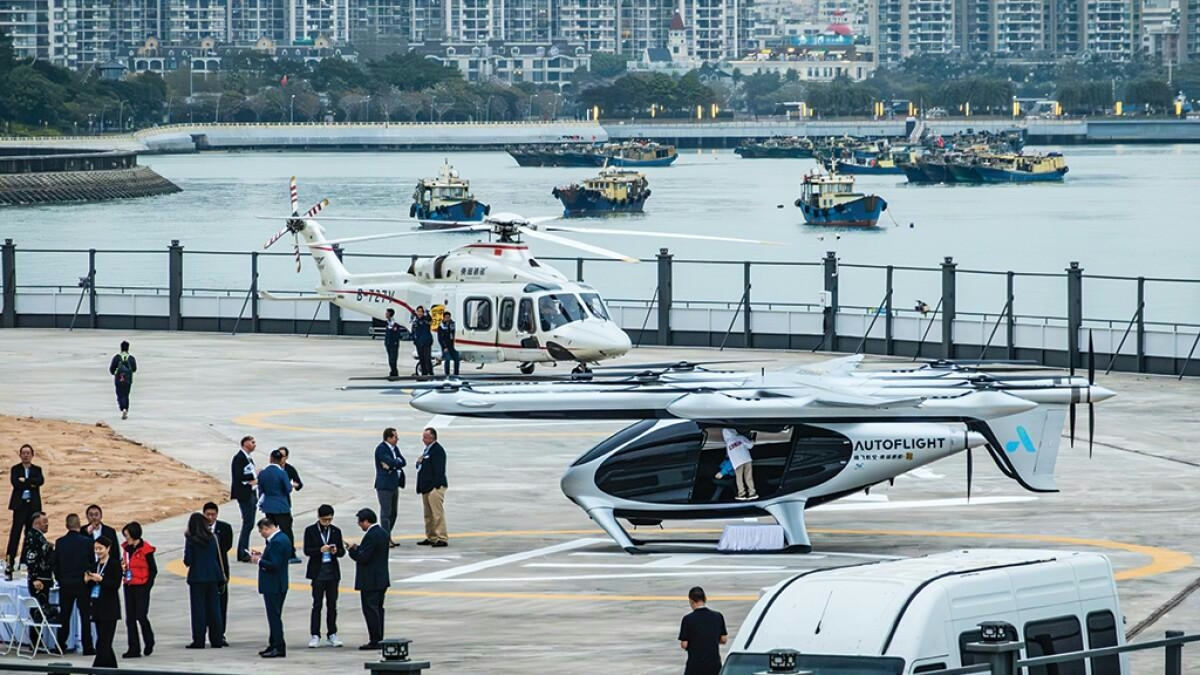
China’s Low-Altitude Economy Expands with Air Taxis and Drone Deliveries

Report Details Fiery History of McDonnell Douglas MD-11’s CF6 Engine

Supreme Court Rules Pilot Not Liable in Air India AI171 Crash

Huntington Beach Considers Vertical Taxi Pilot Program
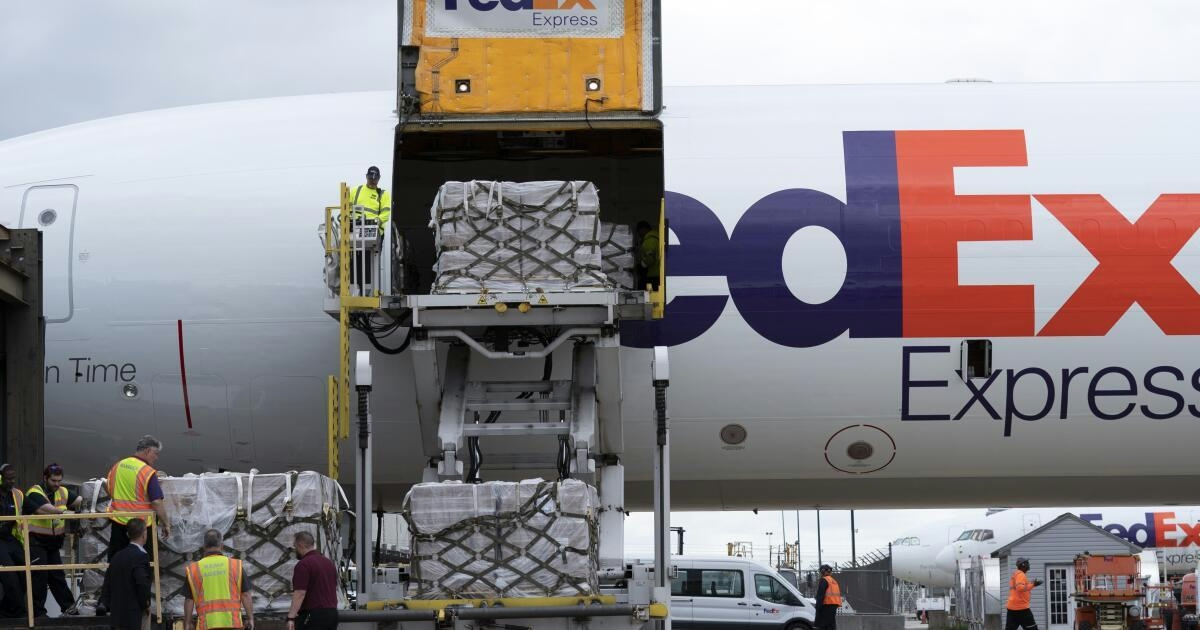
Flight Reductions Threaten Timely Delivery of Critical Goods to LAX and Other Airports
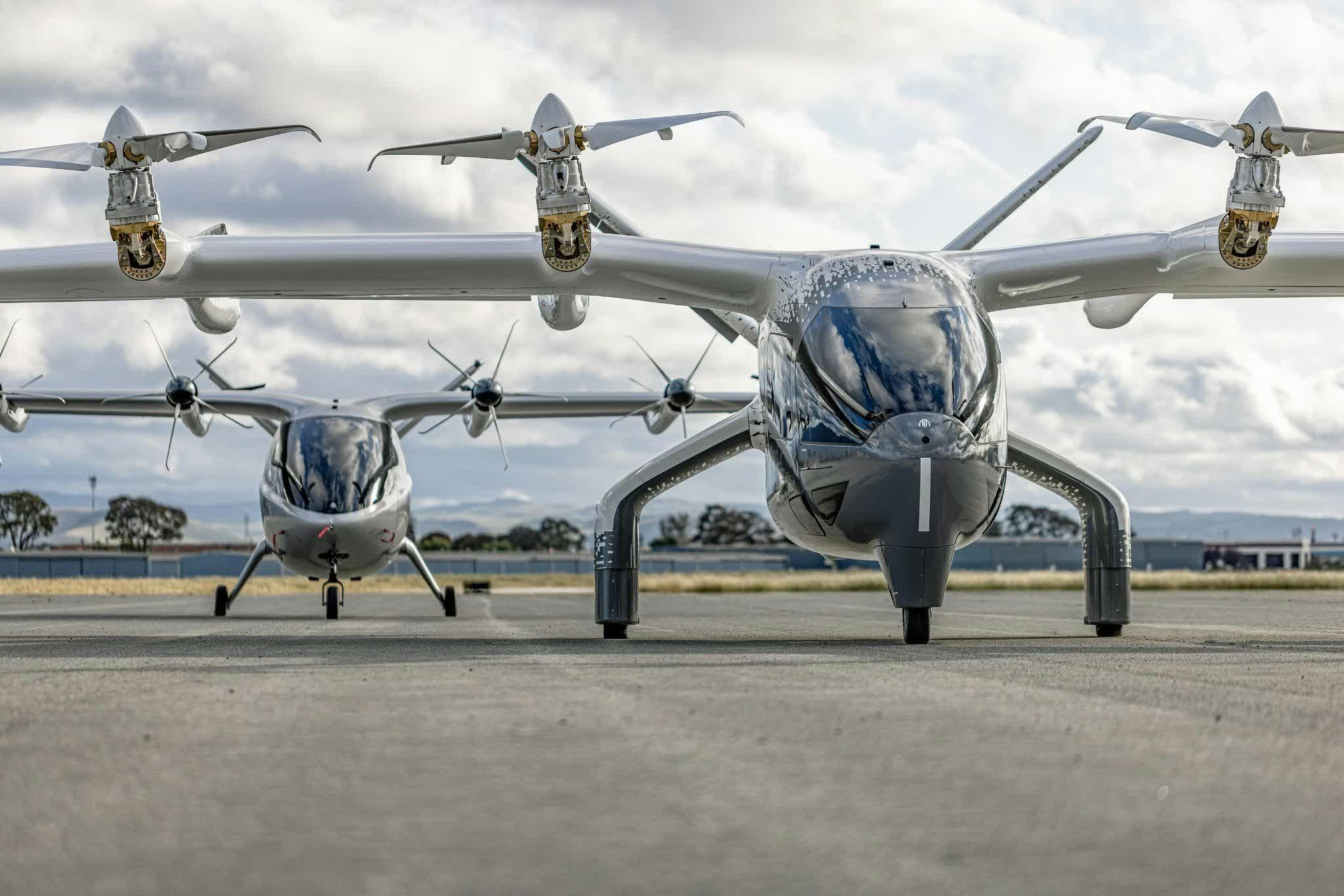
Archer Aviation Shares Decline Amid Market Volatility
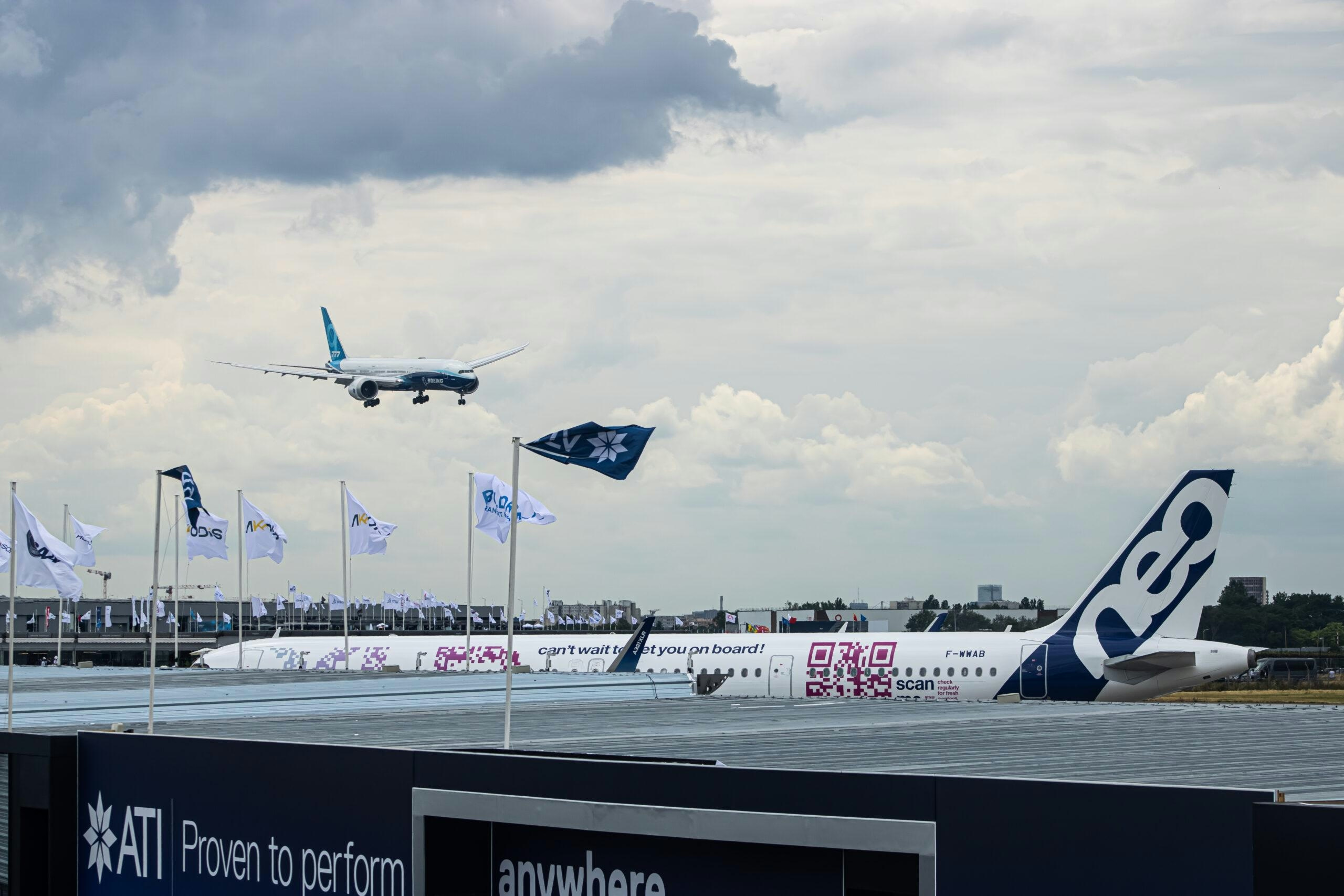
Airbus Secures Largest Aircraft Order of the Year
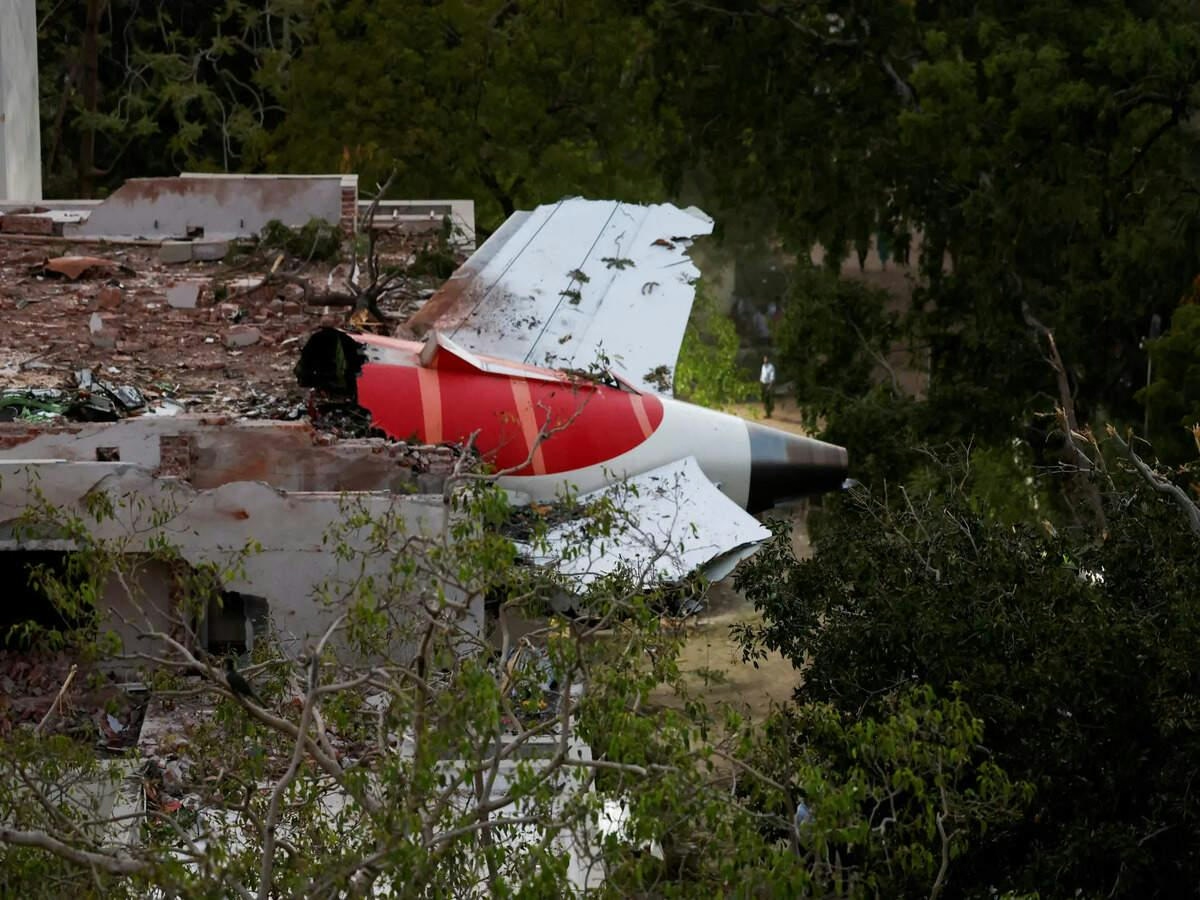
Debate Continues Over Responsibility for Air India Crash

Beta Electric Aircraft May Join Signature’s Florida FBO Network
